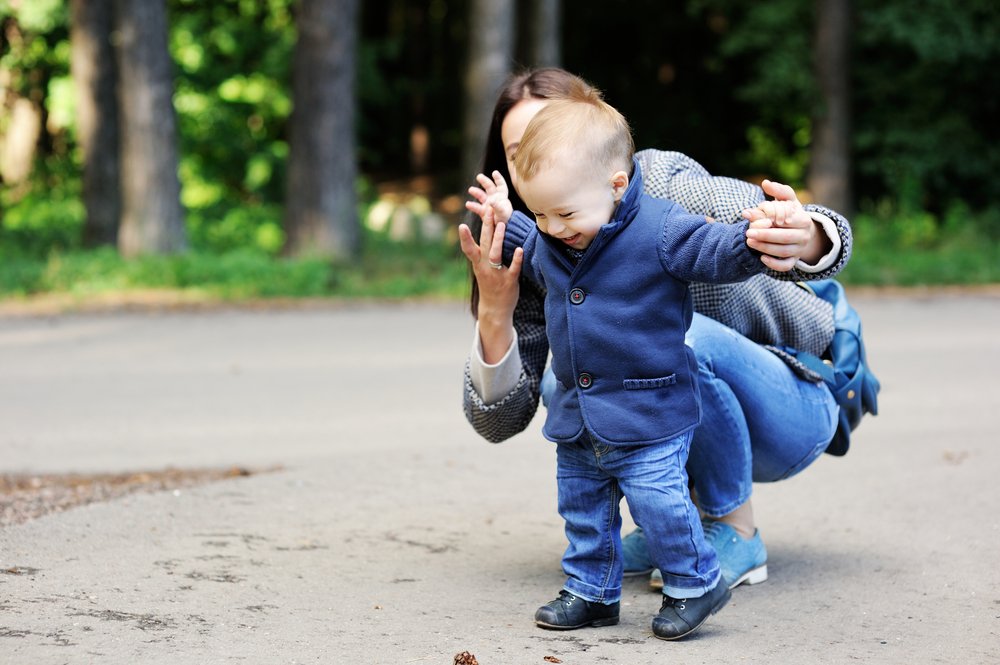When a child learns to walk and falls down 50 times, he never thinks “maybe this isn’t for me”.
Key Points:
1. Babies choose to walk despite falls because it offers faster mobility and better exploration of surroundings.
2. Walking provides greater visibility, encouraging curiosity and enabling more interaction with objects.
You’ll find out soon enough just how persistent your baby can be. However small he may seem, he’s a strong-willed individual who’ll leave you amazed when facing challenges during his development. When your little one finally comes around to taking his first steps and begin to practice walking, there’s more to it than a simple developmental milestone.
To better understand this huge transition, we must first acknowledge that by walking your baby is giving up his “status” as a highly-skilled crawler, leaving his comfort zone, and willingly choosing to be a low-skilled and uncoordinated walker. Being a skilled crawler, your little one can easily move through his environment, explore, navigate, and avoid obstacles. On the other hand, being new to walking, he doesn’t have these perks. For him, every step is bumpy and falling is his go-to those days. So how come your baby persists walking against all odds?
Need for speed
Even from such a young age, your little one realizes that when he walks, despite the constant falls and the bumpy ride, he can cover a greater distance at a faster pace than if he crawled. Moreover, what he gains both in covered distance and reached speed has huge implications for the level of navigation and engagement he has with his surroundings.
Mom, what’s going on?
You’ve probably noticed by now that your little one is extremely curious all the time. It’s no wonder another theory as to why your baby might choose novice walking over experienced crawling is that he obtains greater visibility. When your baby crawls, he naturally sees the floor (neck and eyes parallel to the floor) but when he decides to walk, the whole room comes into view.
Let’s play!
When your little one decides to walk, he opens his world to endless new possibilities of interacting with objects. He can now carry toys across the room with greater speed, walk towards objects, and interact differently with them.
Peer pressure
Whether we want to admit it or not, peer pressure is present even in the life of our little ones. Across cultures, family and friends generally encourage walking. When you think about it, the first steps are almost always towards mom or dad’s open arms.
When we further analyze the transition your little one takes from crawling to walking, we discover the gears of development working full speed. One seemingly simple decision that your baby takes, implies countless mechanisms and complex reasoning of pros and cons on his part. Encourage him to take the leap and keep on boosting his development each day by using Kinedu!








